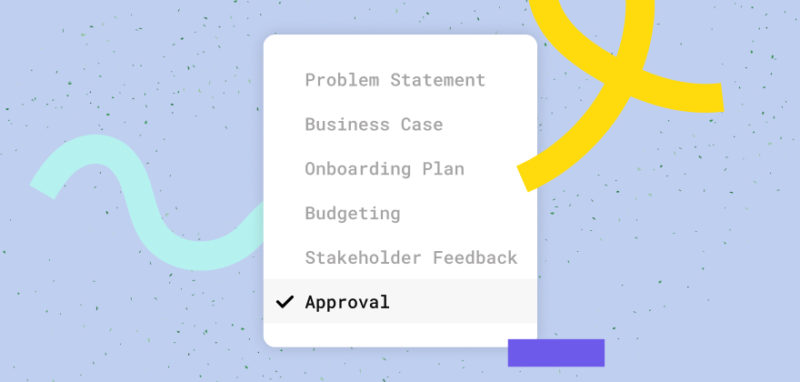
Cost of Vacancy: Making the Case for Hiring During a Downturn
As a recruiter, it’s up to you to fill open roles efficiently and minimize the cost of vacancy (COV). This year, a study found 75% of companies face talent shortages and have a hard time filling roles, or more specifically, with the right person. When it comes to filling positions, the Society for Human Resource Management (SHRM) reports the estimated cost to hire an employee is three to four times the job’s salary.
Many assume leaving a position unfilled simply saves the company from spending. A short-term view may show a couple of months’ worth of savings in salary and benefits. Better for business, right? Not so much, actually. It’s a common misconception that taking longer to fill a role benefits the organization.
Enter the cost of vacancy. In this eBook, we’ll examine several topics including:
- What is the cost of vacancy? What does it mean, exactly?
- How to calculate the cost of vacancy (formula chart included)
- The impacts of leaving a position vacant
- How to reduce the cost of vacancy
In the longer-term view, an open position may lead to:
- loss of productivity and revenue,
- the slowdown of goals and projects’ roadmaps,
- the negative impact on deadlines and employee morale,
- retention issues, and
- even a loss of market share.
The ripple effect of vacancies means they’re not so great for business. So before issuing a hard stop on hiring, really think through the actual costs and benefits of it, including the impact on your recruiting pipeline. It’s a lot easier to nurture pipelines than to warm them up after they’ve gone stone cold.
Understand the COV to optimize your recruitment strategy and help leadership discover how open roles really impact your company.

Related blog posts

Less Competition, More Talent: Here’s How to Recruit in an Economic Downturn
What You’ll Learn How a ‘down’ economy affects hiring strategies What companies...

How to Build a Sustainable Tech Talent Acquisition Strategy: A Comprehensive Guide
About this eBook Do you know anyone who’s used “talent acquisition”...

Get Internal Approval for Recruiting Tools: A Step-by-Step Playbook
About this eBook Your team has big goals and you’ve identified a new recruiting tool to...

Why You Should be Recruiting Laid Off Talent (+ 3 Key Strategies)
Between shrinking labor force participation due to the pandemic and the “Great Resignation,” in...

8 Ways to Hire Faster & Build a Better Employer Brand
What You’ll Learn How to fill positions more efficiently through tools, templates, and...

How to Onboard Remote Employees Really Well: Free Checklist Template
What You’ll Learn Things you should do before a new employee’s first day...
